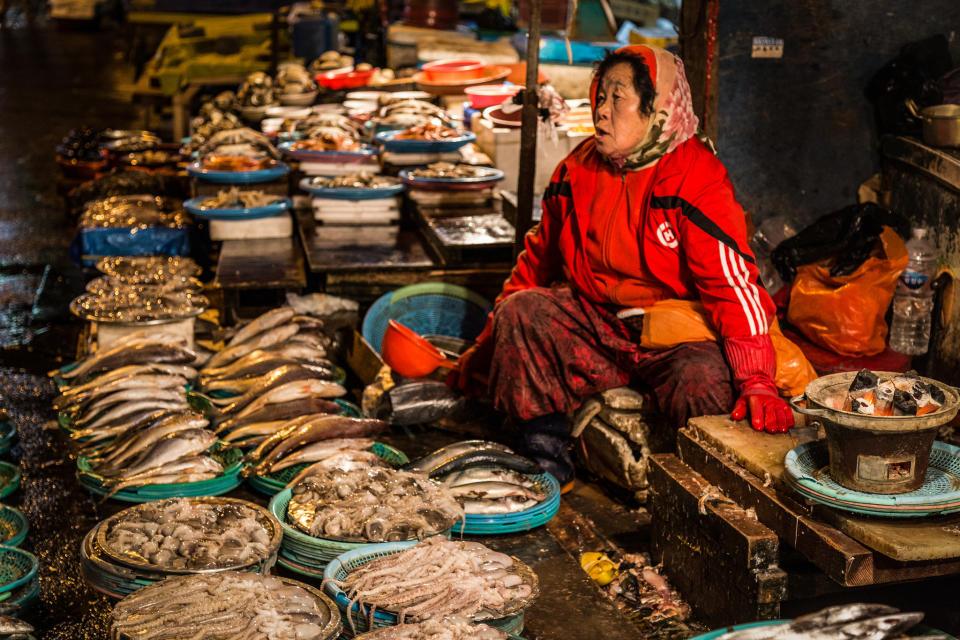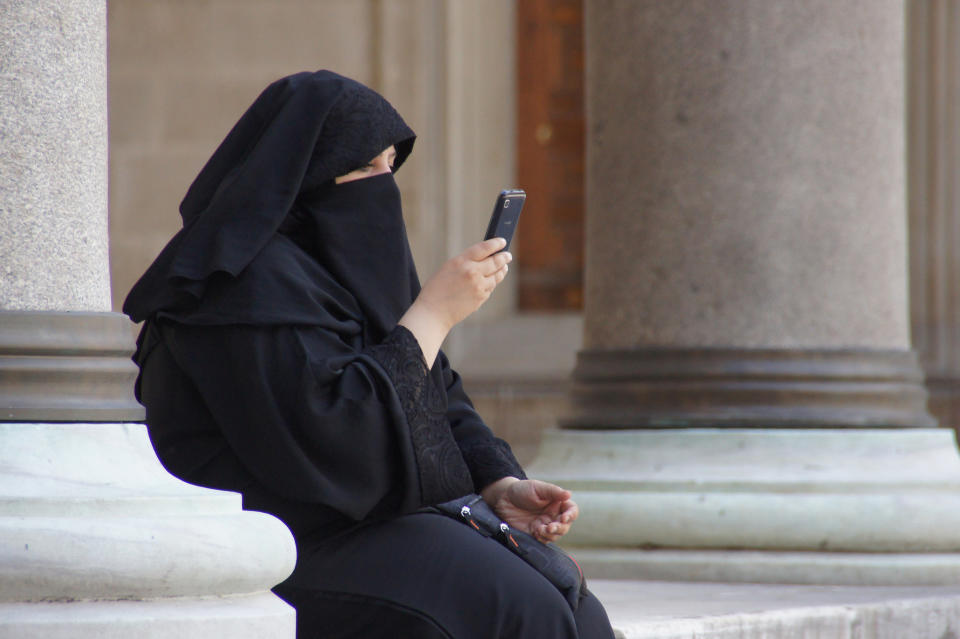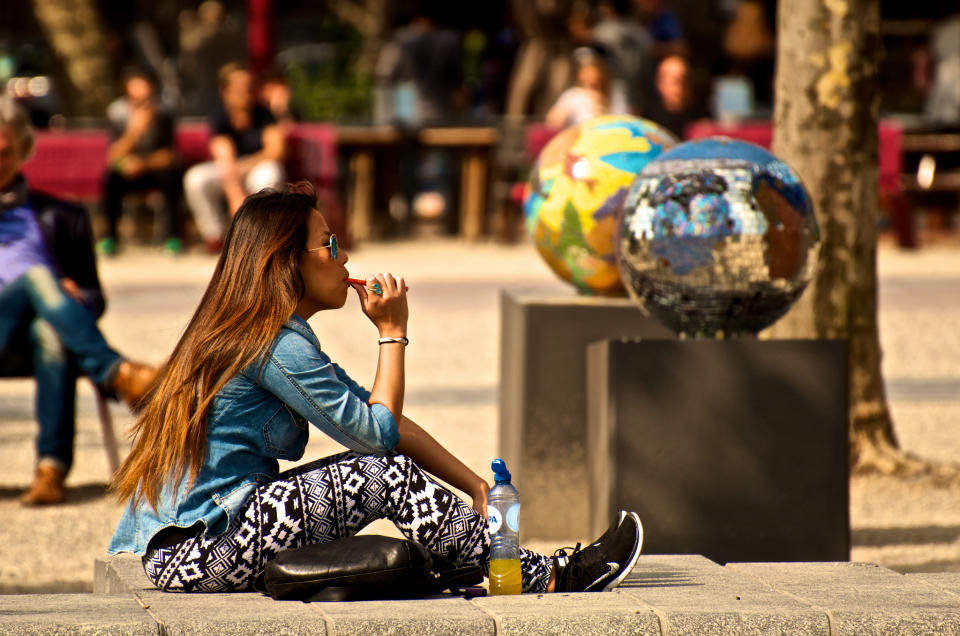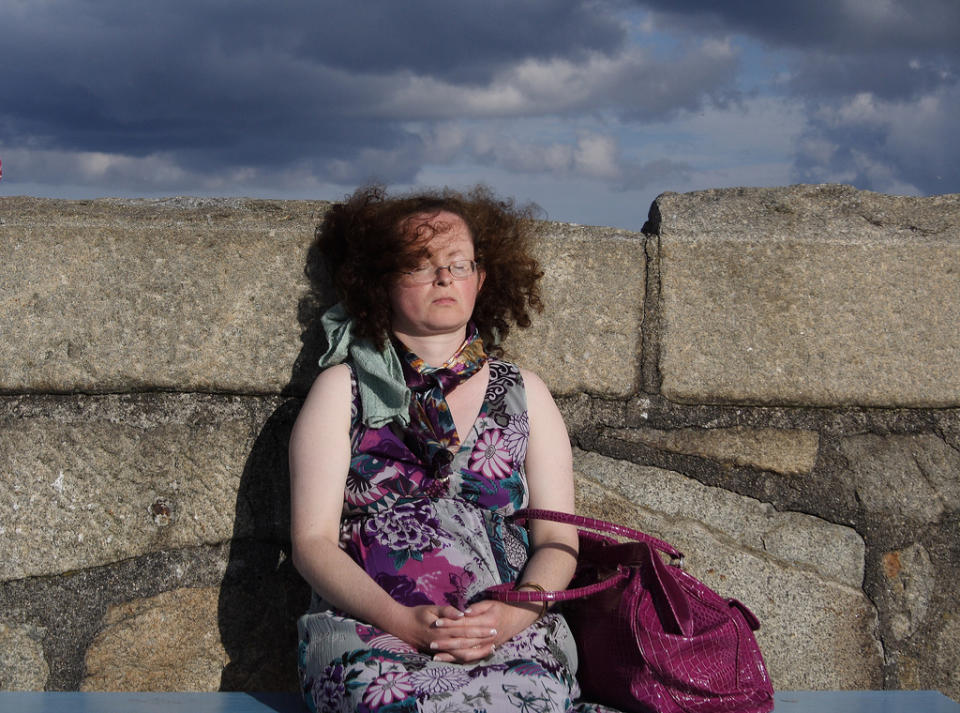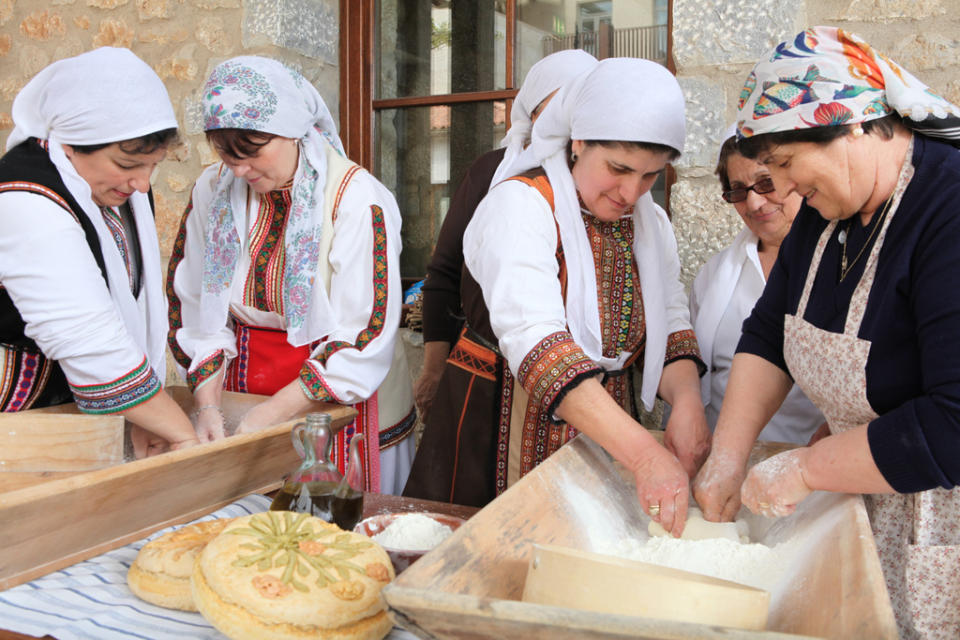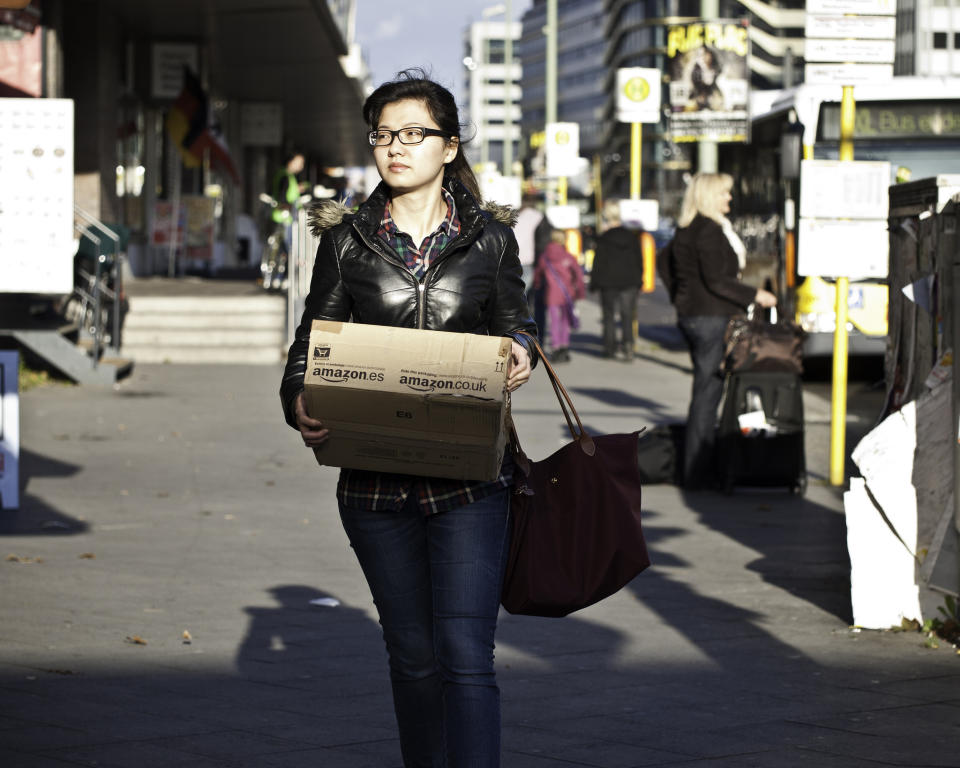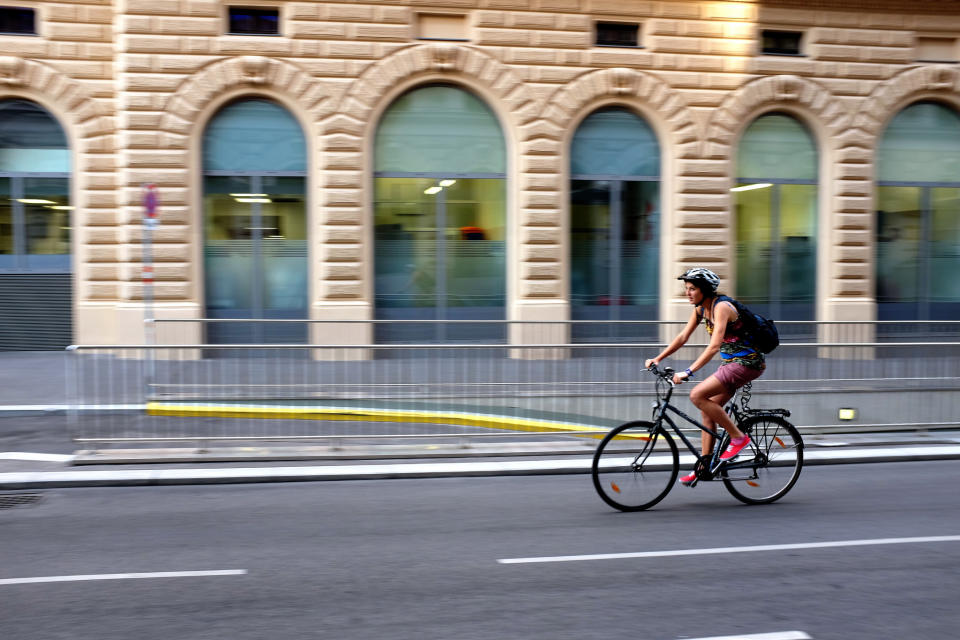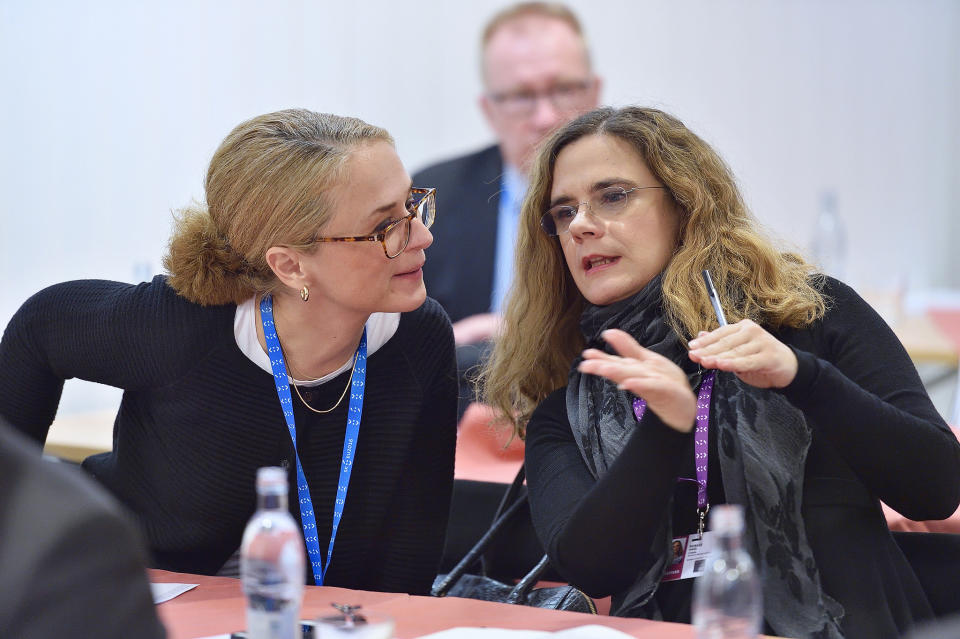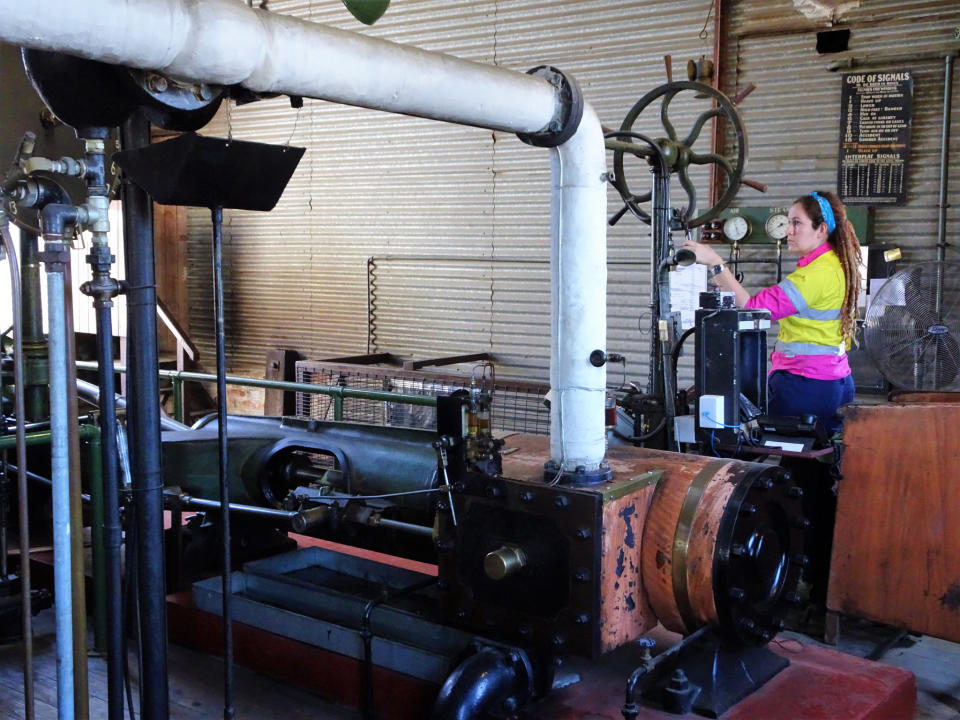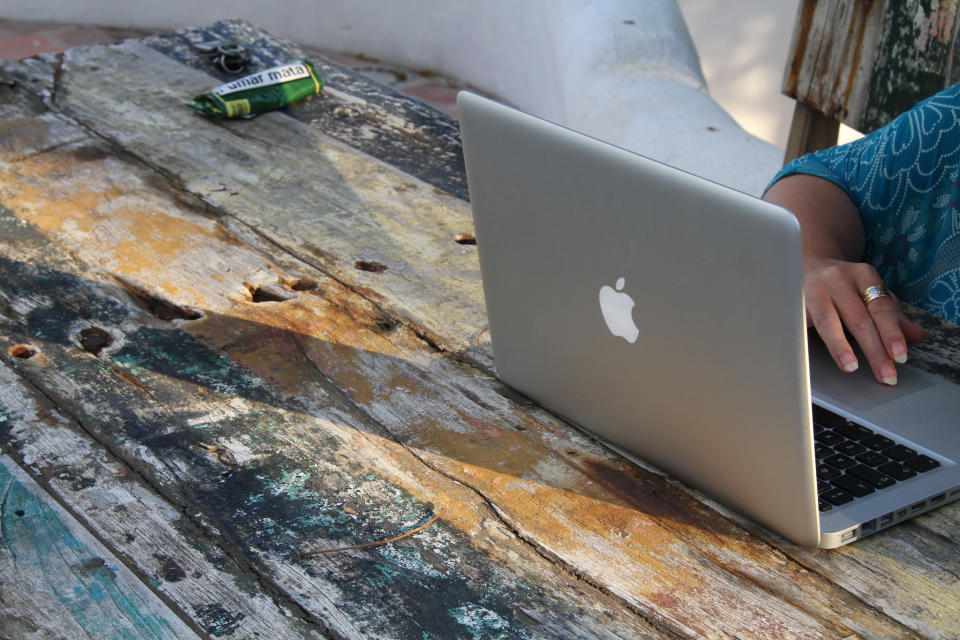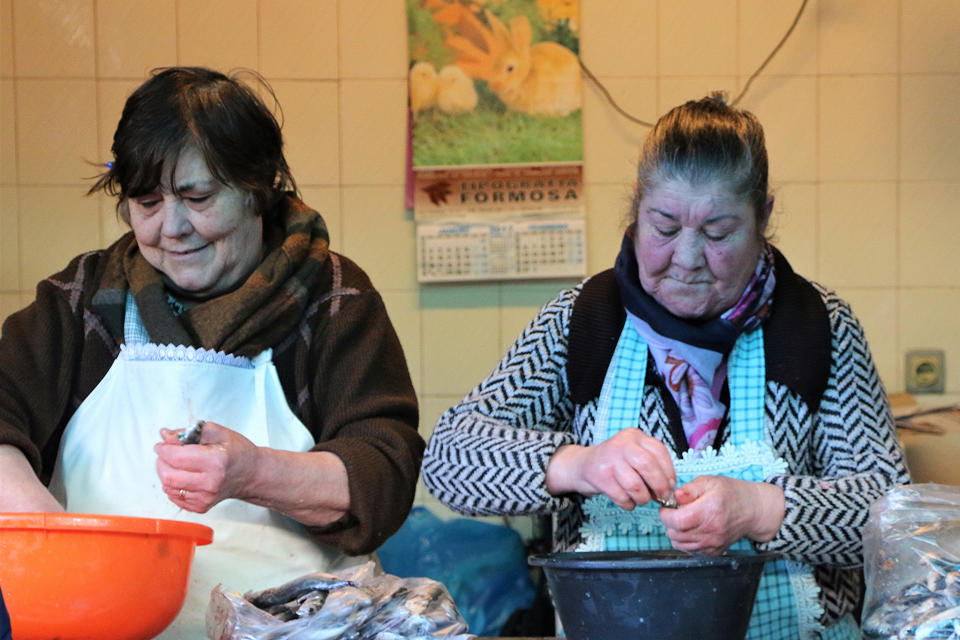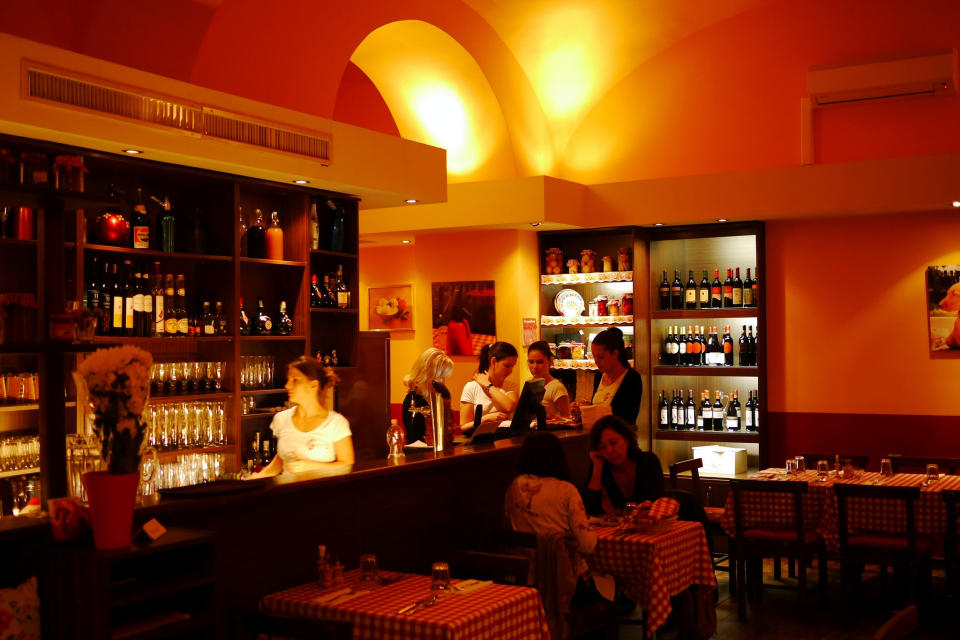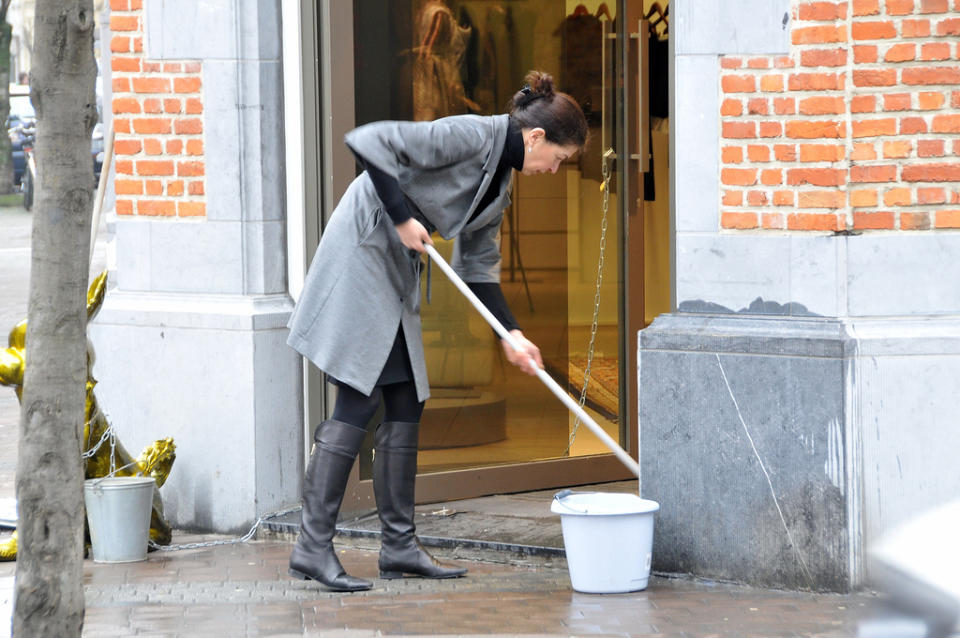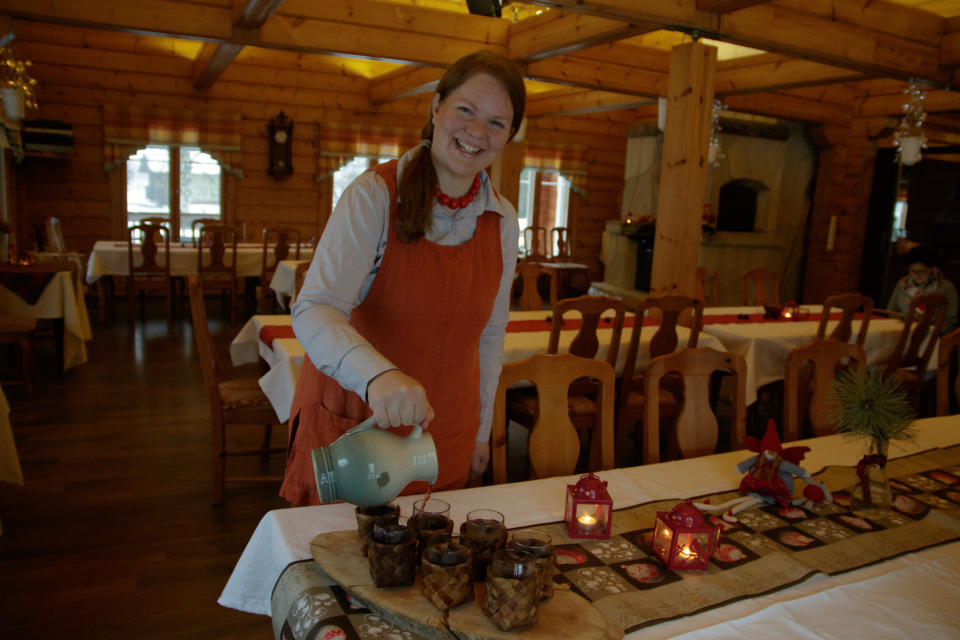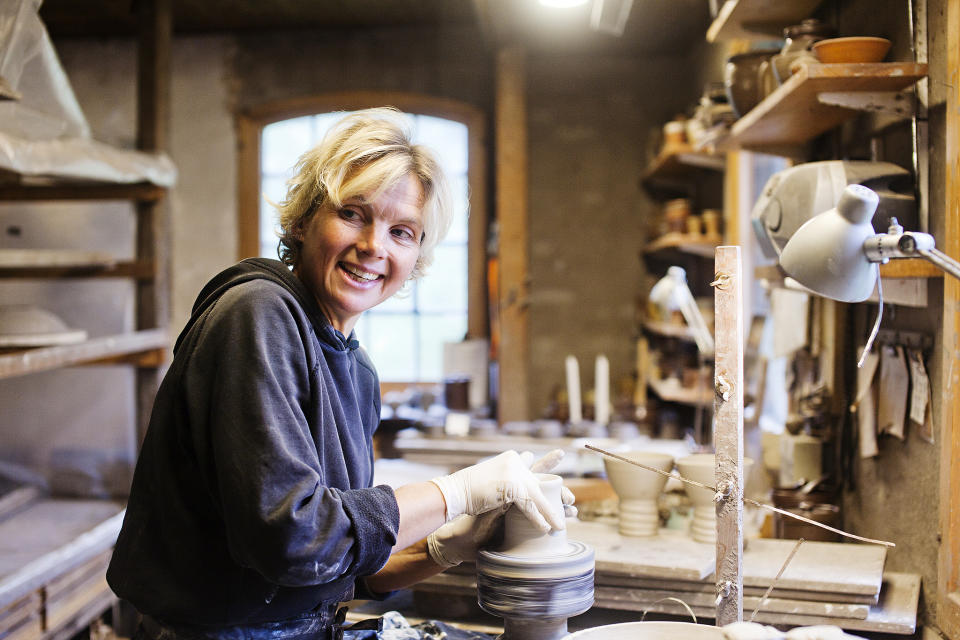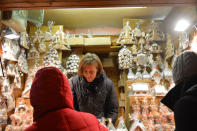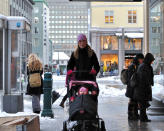The best and worst countries to be a working woman
- 1/29
Best and worst countries to be a working woman
No. 29: South Korea
In South Korea, women earn 36.7 per cent less than men.
(Photo: Ryan Bodenstein/Flickr) - 2/29
Best and worst countries to be a working woman
No. 28: Japan
In Japan, only 9.5 per cent of parliament seats are held by women.
(Photo: Kojach/Flickr) - 3/29
Best and worst countries to be a working woman
No. 27: Turkey
In Turkey, the participation rate for women in the workforce is 42 points lower than for men, the lowest of any country in the survey, and more than double that of the next lowest country.
(Photo: Patrick Denker/Flickr) - 4/29
Best and worst countries to be a working woman
No. 26: Switzerland
In Switzerland, only 9.7 percentage points seperate the number of women who get higher education and the number of men who do, the lowest of any country in the survey.
(Photo: ClearFrost/Flickr) - 5/29
Best and worst countries to be a working woman
No. 25: Czech Republic
In the Czech Republic, women hold 9 per cent of seats on company boards.
(Photo: Cait Stewart/Flickr) - 6/29
Best and worst countries to be a working woman
No. 24: The Netherlands
In The Netherlands, women hold 26 per cent of managerial positions.
(Photo: Julio Greff/Flickr) - 7/29
Best and worst countries to be a working woman
No. 23: Ireland
In Ireland, women get the equivalent of nine weeks of paid maternity leave and men get none.
(Photo: Bartek Miskiewicz/Flickr) - 8/29
Best and worst countries to be a working woman
No. 22: Britain
In Britain, childcare costs are 45.7 per cent of the average wage, the highest percentage of any country in the survey.
(Photo: William Murphy/Flickr) - 9/29
Best and worst countries to be a working woman
No. 21: Greece
In Greece, women are 2.1 percentage points ahead of men in attaining higher education.
(Photo: Costa Navarino/Flickr) - 10/29
Best and worst countries to be a working woman
No. 20: United States
In the United Stated, women hold 43.4 per cent of managerial positions, the highest of any country in the survey.
(Photo: Chris Hunkeler/Flickr) - 11/29
Best and worst countries to be a working woman
No. 19: Germany
In Germany, women hold 29.3 per cent of managerial positions.
(Photo: Sascha Kohlmann/Flickr) - 12/29
Best and worst countries to be a working woman
No. 18: Austria
In Austria, childcare costs are only 3.4 per cent of the average wage.
(Photo: Dragan/Flickr) - 13/29
Best and worst countries to be a working woman
No. 17: Italy
In Italy, the rate of women participating in the labour force is 20.3 points lower than men’s.
(Photo: Marco Caresia/Flickr) - 14/29
Best and worst countries to be a working woman
No. 16: Israel
In Israel, women earn 21.8 per cent less than men.
(Photo: Alan Kotok/Flickr) - 15/29
Best and worst countries to be a working woman
No. 15: Slovakia
In Slovakia, women get the equivalent of 52.5 weeks paid maternity leave while men get none.
(Photo: EU2016 SK/Flickr) - 16/29
Best and worst countries to be a working woman
No. 14: Australia
In Australia, women hold 28.7 per cent of seats in parliament.
(Photo: denisbin/Flickr) - 17/29
Best and worst countries to be a working woman
No. 13: Spain
In Spain, women hold 20 per cent of seats on company boards.
(Photo: Adrian Scottow/Flickr) - 18/29
Best and worst countries to be a working woman
No. 12: Portugal
In Portugal, childcare costs are 6.9 per cent of the average wage.
(Photo: Juan Antonio F. Segal/Flickr) - 19/29
Best and worst countries to be a working woman
No. 11: New Zealand
In New Zealand, women only earn 6.1 per cent less than men.
(Photo: New Zealand Defense Force/Flickr) - 20/29
Best and worst countries to be a working woman
No. 10: Canada
In Canada, women are 11.8 percentage points ahead of men in attaining higher education.
(Photo: Simon Law/Flickr - 21/29
Best and worst countries to be a working woman
No. 9: Hungary
In Hungary, women get 71.1 weeks of paid maternity leave, the most of any in the survey, while men get one week.
(Photo: ActiveSteve/Flickr) - 22/29
Best and worst countries to be a working woman
No. 8: Belgium
In Belgium, women earn 3.3 per cent less than men, the smallest gap of any country surveyed.
(Photo: FaceMePLS/Flickr) - 23/29
Best and worst countries to be a working woman
No. 7: Denmark
In Denmark, women hold 27 per cent of seats on company boards.
(Photo: Tetyana Pryymak/Flickr) - 24/29
Best and worst countries to be a working woman
No. 6: France
In France, women hold 26.2 per cent of seats in parliament.
(Photo: Mohamed Yahya/Flickr) - 25/29
Best and worst countries to be a working woman
No. 5: Poland
In Poland, women hold 40.2 per cent of managerial positions.
(Photo: Andrew Stawarz/Flickr) - 26/29
Best and worst countries to be a working woman
No. 4: Finland
In Finland, the participation rate for women in the workforce is 3 points lower than men, the smallest difference of any country surveyed.
(Photo: Visit Lakeland/Flickr) - 27/29
Best and worst countries to be a working woman
No. 3: Norway
In Norway, childcare costs are 14.9 per cent of the average wage.
(Photo: Tore Alvheim/Flickr) - 28/29
Best and worst countries to be a working woman
No. 2: Sweden
In Sweden, women hold 43.6 per cent of seats in parliament.
(Photo: Familjen Helsingborg/Flickr) - 29/29
Best and worst countries to be a working woman
No. 1: Iceland
In Iceland, women hold 44 per cent of seats on company boards.
(Photo: Greg Poulos/Flickr)

Putting in long hours at work can be a real slog for anyone, but for women in certain countries, the workplace can be particularly rough.
In its fifth-annual Glass Ceiling Index, The Economist took a look at which countries provide the best and worst opportunities for women to receive equal treatment in the workplace.
The rankings take into account data related to higher education, workforce participation, pay, childcare costs, maternity and paternity rights, business-school applications and representation in senior job roles. Based on those ten indicators, each of the 29 countries were given a score out of 100.
On the whole, work conditions are improving for women globally, with particularly favourable conditions in Scandinavian countries.
Click through to see how the countries ranked.

 Yahoo Finance
Yahoo Finance 